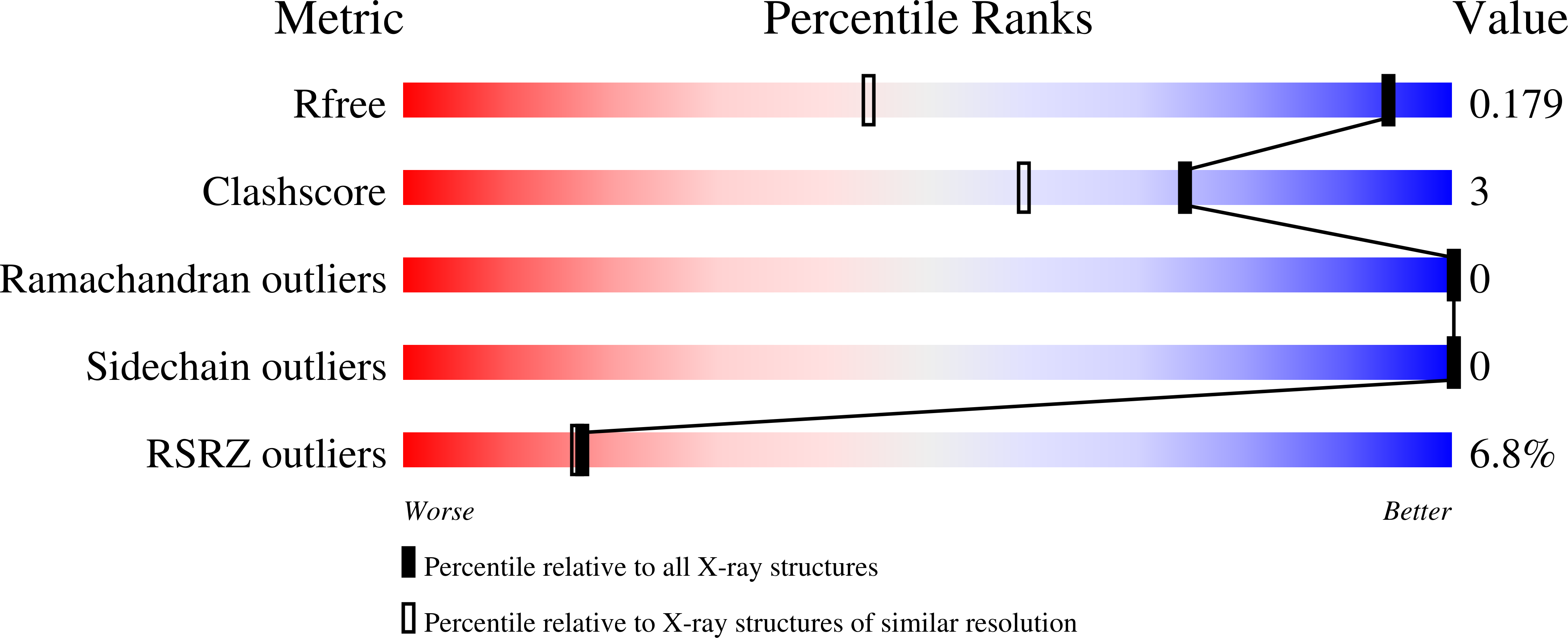
Deposition Date
2013-03-18
Release Date
2014-01-22
Last Version Date
2023-09-20
Entry Detail
PDB ID:
4JOJ
Keywords:
Title:
CFTR Associated Ligand (CAL) domain bound to peptide F-iCAL36 (ANSRFPTSII)
Biological Source:
Source Organism:
Homo sapiens (Taxon ID: 9606)
Host Organism:
Method Details:
Experimental Method:
Resolution:
1.20 Å
R-Value Free:
0.18
R-Value Work:
0.18
R-Value Observed:
0.18
Space Group:
P 21 21 21


